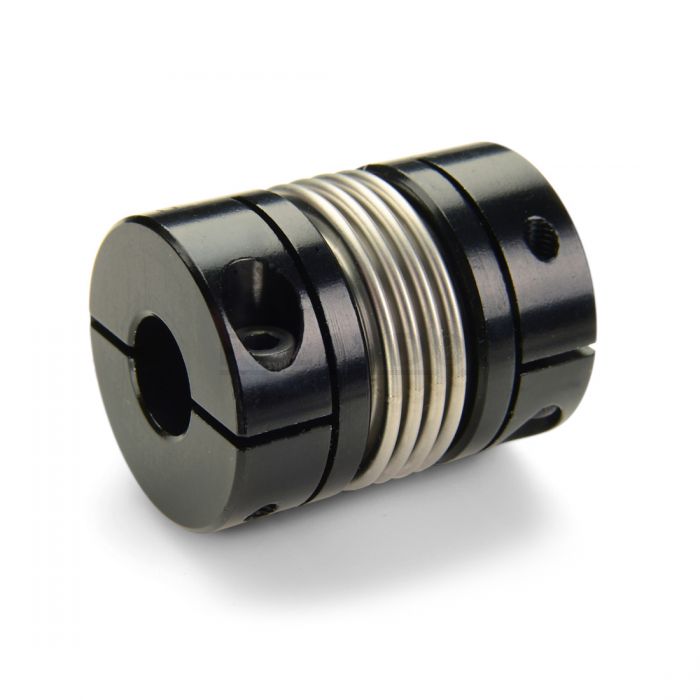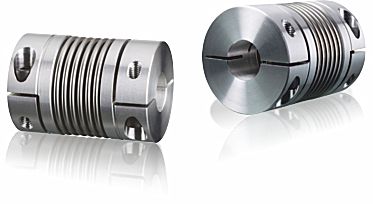Product Description
| Item No. | φD | L | L1 | L2 | M | Tighten the strength(N.m) |
| SG7-6-40- | 40 | 55 | 19 | 24 | M3 | 3 |
| SG7-6-55- | 55 | 65 | 22 | 31 | M4 | 6 |
| SG7-6-65- | 65 | 76 | 27 | 37 | M5 | 8 |
| SG7-6-82- | 82 | 88 | 32 | 41 | M6 | 10 |
| SG7-6-90- | 90 | 88 | 32 | 41 | M6 | 12 |
11111111111111111111111111111111111111111111111111111111111111111111111111111111111111111111111111111111111111111111111111111111111111111111111111111111111111111111111111111111111111111111111111111111111111111
1111111111111111111111111111111111111111111111111111111111111111111111111111111111111111111111111111111111111111111111111111111111111111111111111111111111111111111111111111111111111111111111111111111111111111111112111111111111111111111111111111111111111111111
| Item No. | Rated torque | Maximum Torque | Max Speed | Inertia Moment | N.m rad | RRO | Tilting Tolerance | End-play | Weight:(g) |
| SG7-6-40- | 13N.m | 26N.m | 8000prm | 9×10-5kg.m² | 15×103N.m/rad | 0.15mm | 2c | 1mm | 231 |
| SG7-6-55- | 28N.m | 56N.m | 6000prm | 2.9×10-4kg.m² | 28×103N.m/rad | 0.2mm | 2c | 1.5mm | 485 |
| SG7-6-65- | 60N.m | 120N.m | 5000prm | 4.6×10-4kg.m² | 55×103N.m/rad | 0.25mm | 2c | 1.5mm | 787 |
| SG7-6-82- | 150N.m | 300N.m | 4500prm | 1.1×10-3kg.m² | 110×103N.m/rad | 0.28mm | 2c | 1.5mm | 1512 |
| SG7-6-90- | 200N.m | 400N.m | 4000prm | 2×10-3kg.m² | 140×103N.m/rad | 0.3mm | 2c | 1.5mm | 1800 |
/* January 22, 2571 19:08:37 */!function(){function s(e,r){var a,o={};try{e&&e.split(“,”).forEach(function(e,t){e&&(a=e.match(/(.*?):(.*)$/))&&1

Can Bellows Couplings Handle Angular and Parallel Misalignments Simultaneously?
Bellows couplings are designed to handle both angular and parallel misalignments simultaneously, making them versatile for various mechanical power transmission applications. The bellows element, typically made of a thin-walled metal structure, allows for flexibility in multiple directions, enabling the coupling to accommodate different types of misalignments.
1. Angular Misalignment: Angular misalignment occurs when the driving and driven shafts are not collinear and form an angle with each other. This type of misalignment can happen in applications where the shafts are not perfectly aligned due to assembly errors, shaft deflection, or thermal expansion. The bellows coupling’s design allows it to flex in response to angular misalignment, transmitting torque smoothly without inducing additional stress on the connected components.
2. Parallel Misalignment: Parallel misalignment, also known as lateral misalignment, happens when the axes of the driving and driven shafts are parallel but not concentric. This misalignment may occur due to inaccurate alignment during installation or shaft deflection under load. The bellows coupling’s flexible bellows element can also compensate for this type of misalignment, ensuring that the shafts remain parallel enough to prevent excessive forces and vibrations.
Simultaneous Misalignments: Bellows couplings are unique in their ability to handle both angular and parallel misalignments simultaneously. As the bellows element flexes in multiple directions, it can compensate for misalignments in both planes without imposing significant side loads on the shafts or bearings. This capability makes bellows couplings well-suited for precision motion control systems, where maintaining accurate alignment is crucial to ensure smooth operation and longevity of the equipment.
It is important to note that while bellows couplings can handle a certain degree of misalignment, excessive misalignments should be avoided to prevent premature wear and reduce the efficiency of the coupling. Regular maintenance and inspections can help identify and correct misalignment issues early, ensuring optimal performance and extended service life of the bellows coupling and the entire mechanical system.

How do Bellows Couplings Compare to Other Coupling Types, such as Flexible or Rigid Couplings?
Bellows couplings offer distinct advantages and characteristics that set them apart from other coupling types, such as flexible and rigid couplings. Here is a comparison of bellows couplings with other coupling types:
- Flexibility: Bellows couplings are a type of flexible coupling. They provide excellent angular and axial misalignment compensation while maintaining a high level of torsional rigidity. This flexibility helps to reduce stress on connected equipment and allows for smooth operation even in misaligned conditions.
- Compensation for Misalignment: Flexible couplings, including bellows couplings, can accommodate both angular and parallel misalignments. They are designed to allow a certain degree of relative movement between shafts, which helps prevent damage to shafts and connected equipment due to misalignment or vibration.
- Compactness: Bellows couplings are compact and lightweight, making them suitable for applications where space is limited. The absence of additional components, such as elastomeric elements found in other flexible couplings, contributes to their compact design.
- Torsional Stiffness: Compared to some other flexible couplings, bellows couplings offer higher torsional stiffness. This characteristic ensures efficient torque transmission and precise motion control, making them suitable for applications demanding high torsional rigidity.
- Backlash: Bellows couplings typically have minimal backlash due to the absence of mechanical play or components that can introduce free movement. This characteristic allows for precise positioning and control in motion systems.
- Electrical Isolation: Unlike rigid couplings, bellows couplings provide electrical isolation between shafts, making them ideal for applications where electrical continuity must be maintained or avoided between the connected components.
- Resonance Damping: Bellows couplings can help dampen vibrations and reduce resonance in rotating equipment. This characteristic contributes to smoother operation and prolongs the life of connected components.
On the other hand, rigid couplings are suitable for applications requiring precise shaft alignment and no flexibility. They provide a solid and direct connection between shafts, ensuring efficient torque transmission without any loss due to misalignment. However, rigid couplings cannot compensate for misalignment and are more prone to stress concentration in case of shaft misalignment or vibrations.
While flexible couplings, including bellows couplings, offer misalignment compensation and flexibility, they may have slightly lower torsional stiffness compared to rigid couplings. However, their ability to handle misalignments and provide damping characteristics often outweigh this consideration in many motion control applications.
In summary, bellows couplings combine flexibility, torsional stiffness, electrical isolation, and vibration damping features, making them a versatile choice for various precision motion control applications.

Where can I find reputable suppliers or manufacturers of bellows couplings for my specific machinery requirements?
If you are looking for reputable suppliers or manufacturers of bellows couplings to meet your specific machinery requirements, there are several avenues you can explore:
- Online Directories: Utilize online industrial directories and platforms that specialize in connecting buyers with suppliers. Websites like Thomasnet, Alibaba, and GlobalSpec can help you find a wide range of bellows coupling manufacturers from around the world.
- Trade Shows and Exhibitions: Attend trade shows and exhibitions related to your industry. These events often host numerous suppliers and manufacturers showcasing their products, including bellows couplings. It provides an excellent opportunity to meet the suppliers in person, discuss your specific requirements, and evaluate the products firsthand.
- Industry Associations: Reach out to industry associations and organizations relevant to your field. They can often provide valuable recommendations and a list of reputable suppliers who cater to your machinery needs.
- Referrals and Recommendations: Seek referrals and recommendations from colleagues, business partners, or other professionals in your industry who have experience with bellows couplings. Their insights can help you find trustworthy suppliers.
- Online Research: Conduct thorough online research to identify manufacturers with a strong reputation, positive reviews, and a history of delivering quality products. Check their websites, customer testimonials, and ratings on review platforms.
- Supplier Directories: Some industries have specific supplier directories or databases that provide information about verified suppliers and manufacturers. Consult these directories to find suitable bellows coupling suppliers.
When evaluating potential suppliers, consider factors such as product quality, pricing, lead times, customer support, and the ability to customize products to meet your machinery’s specific requirements. It’s also essential to request samples, product catalogs, and quotes from multiple suppliers to make an informed decision.
Always choose a supplier with a track record of delivering high-quality bellows couplings and excellent customer service to ensure a successful partnership for your machinery needs.


editor by CX 2024-04-26
